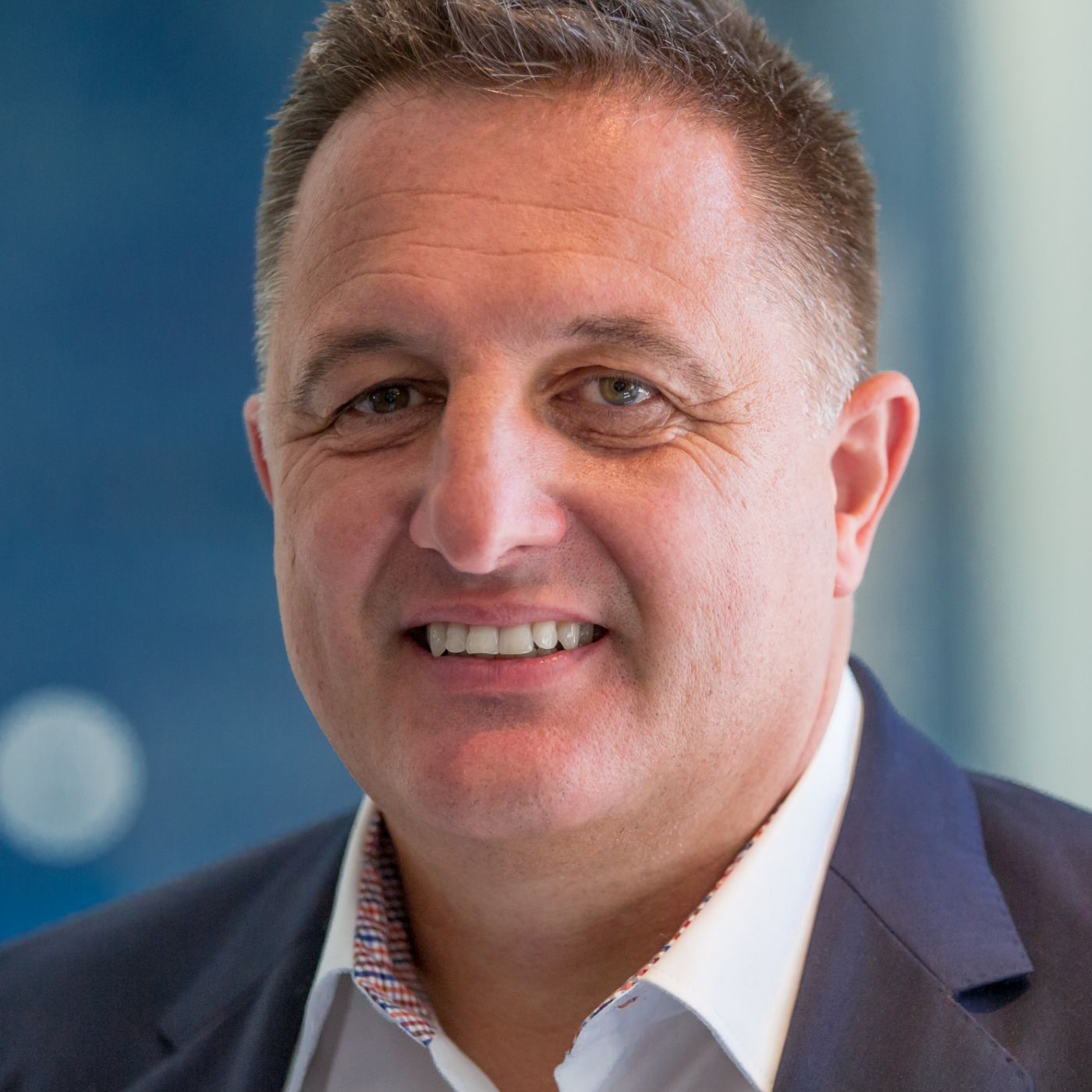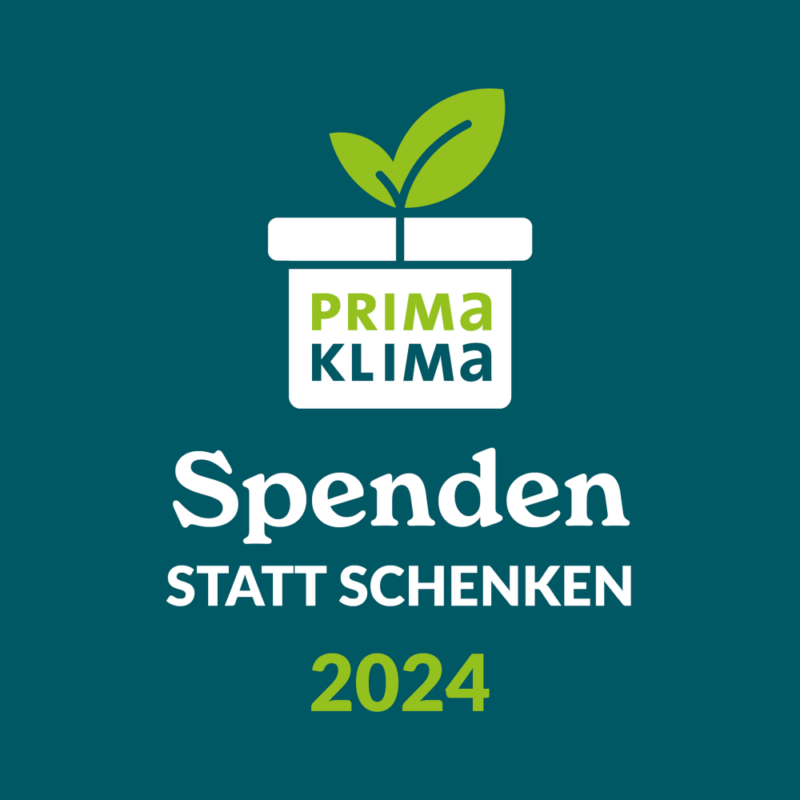Dr. Frank Gredel at “So klingt Wirtschaft” – the business talk of Handelsblatt Media Group Solutions
Dr. Frank Gredel, Head of Business Development at PTA IT-Beratung in Mannheim, gets to the bottom of this seminal question in the Handelsblatt podcast “So klingt Wirtschaft”. Yet the answers to this comparatively simple question are anything but trivial. What is certain is that the use of software causes almost half of a company’s greenhouse emissions. Many decision-makers and company managers are not yet aware of this. Instead, they still think of efficient hardware, green data centers in this context. However, very few people still think about efficient software programs. In the process, green programming, also called green coding, can make software programs, apps and algorithms more environmentally friendly. Green IT, i.e. the endeavor to use laptops, PCs and smartphones in use in an environmentally friendly and resource-saving way throughout their product life cycle, has long since fallen short of the mark in this regard. Especially against the backdrop of the EU Taxonomy Regulation and globally tightening legal requirements in terms of sustainability reporting.
Huge potential lies dormant in the sustainable development of software
It is undisputed that the mindset in companies is still a time-honored one in many cases: roughly every three to five years, they replace their laptops, desktop PCs and smartphones. And all too often, the system requirements for the end devices also increase with every software update, so that the hardware, which is actually still functional, has to be replaced after a comparatively short time. In IT jargon, this process is called “planned obsolescence”. In this cycle, green IT ensures that the hardware used consumes as few resources as possible, from manufacture through use to disposal. But what about the software programs, IT solutions and apps behind which millions of lines of programming code are written and which we use day in, day out, without questioning what emissions they produce? After all, every search query, every mobile app and every office server that provides different IT applications in a network generates energy and thus greenhouse gases. There is great potential for optimization in the effort to reduce these sustainably by means of green coding: Green programming pursues the goal of saving resources and greenhouse gas emissions throughout the entire software development process.
But: The mindset in the companies must change
One major challenge, as Frank Gredel explains in the podcast, is that all those responsible must become aware that basically every single line of programming counts. When many users use an IT solution intensively, each line of code generates huge scaling effects. According to recent studies, consistent green software development that conserves resources and reducesCO2 emissions could help cut global electricity demand in the IT industry by 20 percent – an impressive figure.
Consider energy efficiency criteria in quality assurance
The positive effects on sustainability, climate and environmental protection that can be achieved with green coding are considerable – this is impressively illustrated in the podcast using reliable figures. However, the question of how to measure the energy consumption of software in the first place is anything but trivial. While this can be determined quite well on the hardware side, according to Frank Gredel, this is still difficult in the programming environment. PTA has developed initial approaches. To determine the power requirements of existing program codes, PTA experts have developed an energy efficiency monitor that can be used to determine and optimize such metrics. Accordingly, energy efficiency criteria are a crucial success factor that must be taken into account in the course of quality assurance during software development to ensure that code is also consistently programmed in a sustainable manner. In future, according to Frank Gredel, in addition to the classic quality criteria – such as whether the developed software solution fulfills all functionalities, meets the requirements or guides the user in a user-friendly way – the criterion of whether it is also programmed in a sustainable, green and therefore resource-saving way will also apply.
Programming for the future: good examples already exist in the approach
According to Frank Gredel, the development and programming of mobile apps that can be operated efficiently and with low battery consumption show how green coding could become established across the board. However, many factors are decisive in ensuring that software is actually developed and programmed in a sustainable and energy-efficient manner. What many do not know: For example, the programming language used for this is quite crucial. For example, a program developed in the old C language is about 75 times more energy-efficient than code written in the modern Python programming language, which has a very complex structure and is therefore also very memory-intensive. However, Python has long been common practice, especially among the younger generations of developers. The programmers who know C well, on the other hand, are becoming increasingly rare. In addition to pure development, it is always worth taking a look at the underlying software architecture and the IT platform used. Here, it is particularly important to avoid oversized IT infrastructures, to eliminate incorrect configurations and not to disregard hidden infrastructure. And energy optimization of the databases and storage used is also important in this context.
The road to widespread use of energy-efficient and sustainable software is long
The effects of the climate and energy crisis, resource scarcity and rising prices are increasing the pressure on companies to take action. In addition, there are EU-wide laws and regulations that require those responsible to provide evidence of whether their economic activities can also be classified as ecologically sustainable. Nevertheless, Frank Gredel is certain that the mindset in companies about the many options that green coding opens up for developing software with lower emissions and in a more sustainable manner is not yet very well developed. Many are following with interest what approaches exist to actually “green” their deployed software with the right coding. In practice, however, much simply does not yet arrive in its entirety. According to Frank Gredel, there is still a lot of convincing to be done here – but it will pay off for all of us, even if the road to climate-neutral, green IT will still be a long one.
In any case, no company will be able to avoid the topic of sustainability and ESG reporting in the future. This makes it all the more important to be aware of the implications and to set the course today. If you would like comprehensive information on the subject of green coding and an overview of the dimensions that this topic of the future undoubtedly occupies, then listen to the Handelsblatt podcast “So klingt Wirtschaft”:
Have we sparked your interest? Find out more about Green Coding or contact us directly:





